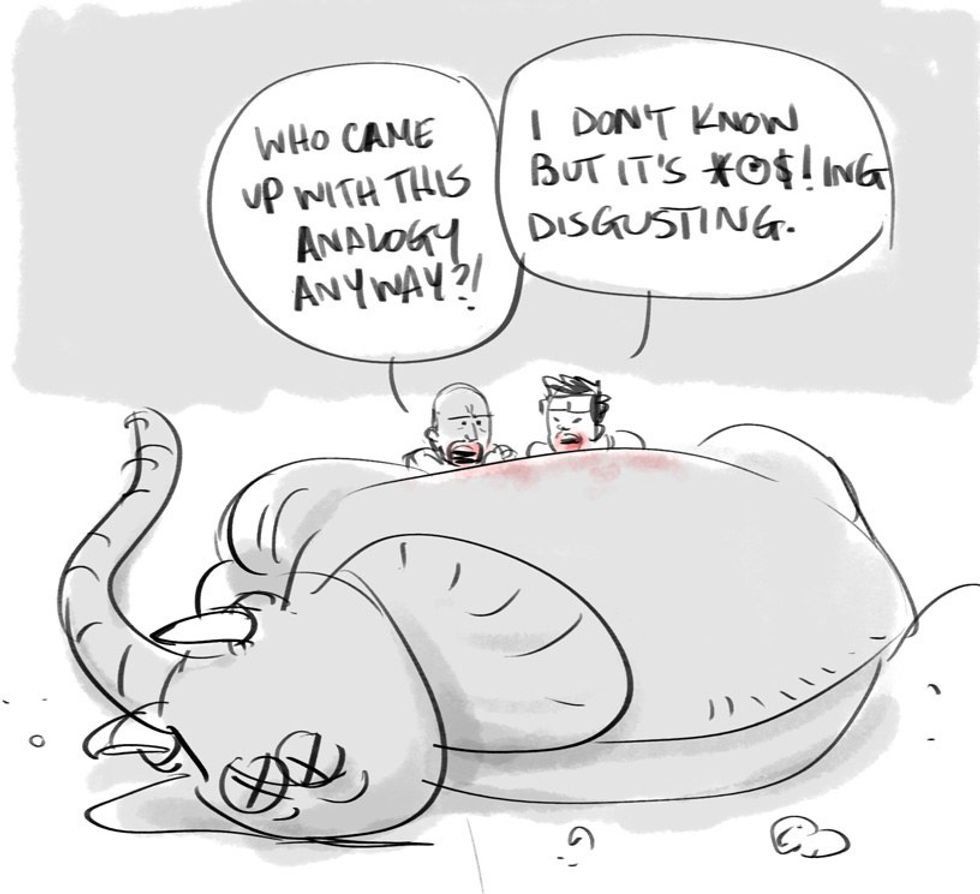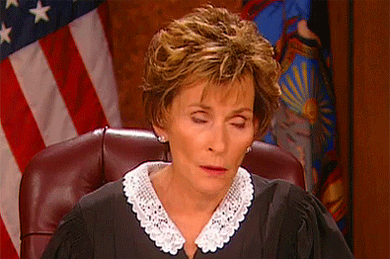It can also be repaired by grinding the valve core and valve seat with abrasive.
Installation and Maintenance Requirements of Hydraulic Cylinders
Because of their superior mechanical properties and freedom from porosity, custom forged parts are often associated with the high pressure applications of the valve and fitting industry.
1. Precautions for Installation of Hydraulic Cylinders
Before installing the hydraulic cylinder into the system, compare the parameters on the hydraulic cylinder label with those at the time of ordering. The base of hydraulic cylinder should have enough rigidity, otherwise, the cylinder will bow upward when pressurized and the piston rod will bend. The axial ends of the cylinder should not be fixed. Due to the hydraulic pressure and thermal expansion in the cylinder, there is axial expansion and contraction. If both ends of the cylinder are fixed, all parts of the cylinder will be deformed. When disassembling the hydraulic cylinder, it is forbidden to hammer the cylinder and piston surface. If the cylinder bore and piston surface are damaged, it is not allowed to be polished with sandpaper, but carefully ground with fine oilstone. Clearance between guide sleeve and piston rod should meet requirements.
The hydraulic cylinder and surrounding environment should be clean. The oil tank should be kept sealed to prevent pollution. Pipelines and oil tanks should be cleaned to prevent falling iron scales and other sundries. When cleaning, choose lint-free cloth or special paper. Do not use twine and adhesive as sealing material. According to the design requirements, pay attention to the changes of oil temperature and oil pressure. When there is no load, unscrew the exhaust bolts for exhaust. When disassembling the hydraulic cylinder, it is strictly forbidden to damage the thread at the top of the piston rod, the thread at the cylinder port and the surface of the piston rod. The piston should not be forced out of the cylinder barrel.
2. Inspection and Maintenance of Seals
Piston seal is the main element to prevent leakage in hydraulic cylinder. For lip seals, it is important to check whether the lips are scarred and worn. For combined seals, the wear of sealing surface should be checked emphatically, and then judge whether the seals can be used or not. In addition, it is necessary to check whether the static sealing ring between piston and piston rod is crushed. For piston rod seals, the wear of seals and supporting rings should be checked. Once defects are found in the seal and guide support ring, select the seal with the same structure and suitable material for replacement according to the structural form of the repaired hydraulic cylinder seal, so as to minimize the oil film thickness between the seal and the sealing surface and reduce the leakage of the seal.
3. Inspection and Maintenance of Buffer Valves
For the buffer hydraulic cylinder, it is important to check the wear of the buffer hydraulic motor spool valve and valve seat. Once the wear is increased and the seal fails, it should be replaced. It can also be repaired by grinding the valve core and valve seat with abrasive.
11



 Photo by
Photo by  Photo by
Photo by 
 Photo by
Photo by 

















